Useful properties of corn, the best varieties and growing rules
Thirty years ago, corn fields were no surprise. Grain was grown everywhere, its useful properties are indisputable. However, times have changed and now gardeners have to think about planting. corn on a personal plot.
It is difficult to find a real product in a store - it is better to grow the “queen of the fields” yourself. So the grower will receive a product free of nitrates, healthy and incredibly tasty. Growing a cereal is not that difficult provided the growing conditions and proper care are followed. Here the gardener will find all the useful information about the agrotechnology of planting crops, the care and benefits of the product.
Content:
- The composition and properties of corn
- Choosing the best variety
- Growing corn seedlings
- Sowing in open ground
- Correct care
- It's harvest time!
The composition and properties of corn
Corn contains a lot of healthy elements. It is not for nothing that in her homeland, Mexico, cereal ranks first in the consumer basket. The cereal contains the following nutrients:
- Vitamins K, E, B1 and B2, C, A
- Saponins
- Tannins
- Sterols
- Flavonoids
- Dextrin
- Pantothenic acid
In addition to the main indicated elements, the cereal plant contains other equally valuable substances. Corn is used not only in cooking, but also in both traditional and folk medicine. The stigmas of the plant of female inflorescences are of particular value. They are the main raw material for the manufacture of medicinal broths, tinctures and medicines.
The healing properties of the plant have long been proven and are still actively used.
The main action of the plant is called diuretic, choleretic and hemostatic. Extract of corn silk is used to cure diseases of the liver, gall bladder, atherosclerosis, urolithiasis. A decoction of corn silk relieves pain in cystitis and kidney stones. Grain is good for women's health. It is used for uterine hemorrhages, since the plant has a hemostatic effect.
If you eat an ear of corn every day, your overall health will improve significantly. The work of the digestive tract is normalized. In addition to the healing effect, the cereal is famous for its taste. A juicy cob of sweet corn wants to taste everything, the grains are so delicious.
Choosing the best variety
Gardeners prefer to grow sweet corn. There are many varieties of this type of cereal. They should be chosen based on the region and climatic conditions. So, for example, in Siberia or in the Urals, it is customary to grow early-maturing varieties of sweet corn. In the southern regions, you can plant a late-ripening cereal, for example, "Ice Nectar" - one of the best and sweetest varieties.
Plant breeders distinguish the following types corn:
- "Krasnodar Sugar 250" (early ripening, ripening on day 80)
- "Krasnodarskaya" (mid-season, ripening on day 100)
- "Sandas" (early maturing, ripens on day 90)
- "Early golden" (early maturing variety)
- "Ice nectar" (late ripening)
If the region is not characterized by stable weather, there is a constant temperature drop, choose hybrids (F1) of the cereal. They perfectly adapt to difficult climatic conditions.If the region is favorable for growing corn, a warm climate and a long summer, you can plant several varieties of different ripening periods - early ripening, mid-ripening and late ripening. This will allow the grower to harvest the entire season.
Having picked up the best variety for the site, you can start preparing for planting the cereal.
Growing corn seedlings
Corn can be planted in two ways. The planting technique will depend on the region. In the northern regions, corn is preferred to grow seedlings, and then transplant into open ground.
In the southern regions the seeds planted in open ground either under glass or film, or without shelter. If the gardener plans to harvest two crops per season, it is more advisable to start germination grains in a seedling way. So corn will rise a week or two earlier, depending on the climatic conditions and the place where the seedlings are grown.
Seedlings begin to be dealt with in late April and early May.
Germination takes about a couple of weeks. Keep this in mind and plan the time so that you can plant the sprouts in the open ground on time. The seedling substrate is prepared from turf or ordinary garden soil with the addition of humus. The ratio of parts is 1: 1. Many gardeners add peat and sand to the mixture, but this is not necessary, since the cereal is quite unpretentious and grows in almost any soil.
Planting seeds for seedlings:
- The seeds are planted either in a peat cassette or in peat cups, two grains each.
- When two sprouts germinate, the strongest and strongest is chosen, and the other is removed.
- The air temperature for seed germination should be 10 ° -15 °.
- Seedlings are usually grown on windowsills or in greenhouses with heating.
- Do not forget to water the cereal, corn loves moisture and warmth very much.
- Seedlings are transplanted into open ground when the threat of frost has passed. Usually this is the end of May, beginning of June.
It is advisable to plant grains in peat containers. The fact is that corn seedlings are very poorly tolerated transplant into open ground, especially if you have to touch it root system... The sprouts may not take root and die. Therefore, it is better to avoid trouble and use peat tablets or pots.
Sowing in open ground
If the region allows open field corn to be sprouted, the seedlings are not sown and the grains are sown directly into the prepared soil on a permanent plot. Humus is introduced into the soil before planting without fail and a complex mineral fertilizers... This is done for plowing two weeks before planting. For corn, sunny areas protected from the wind are chosen.
Landing rules:
- The grains are planted to a depth of 3-5 cm, depending on the soil - heavy or light.
- The distance between the seeds will be 25-30 cm, between the rows 45-50 cm.
- The well must be thoroughly shed with warm water and only then the seed should be planted. Usually 2-3 grains are placed per hole.
- After germination, the strongest sprout is selected, the rest are removed.
The germination rate of the seeds is usually good, but for safety reasons, gardeners plant a few seeds in the hole. This way landing intended for warm regions with long summers. In order to grow tasty and juicy corn cobs, the plant should be cared for throughout the growing season.
Correct care
Corn loves moisture very much. Field with corn water often, but so that the soil is moist, not soggy, without stagnant water. The fact is that the plant does not like excess water, the root system quickly decays, and the cereal dies. Therefore, watch out for timely watering, but without excess.
During the season, corn is weeded, the soil is loosened and fertilized immediately after planting and before flowering with the complex mineral fertilizers... It is advisable to tie tall stalks of cereal by pegs so that they do not fall over.
As the plant grows spud all with the same purpose - the stability of the stems.
For timely pollination, the plants are slightly shaken. This measure helps the corn to pollinate for sure. By caring for the crop, the gardener will get a good and healthy harvest. As the ears ripen, they are harvested.
It's harvest time!
Determining the ripeness of the cob is very simple. When you press on the grain, a milky liquid should come out - this indicates that the ear is ready. If the juice has a transparent color, it means that you still need to wait, the ear is not ripe.
Harvested in August, September, depending on the ripening period of the variety.
If the corn is not mature enough, harvest the cobs along with the stem and root. Move the plants to a warm place to ripen. After that, you can already remove the leaves from the cob and make blanks. The corn must be processed immediately within the first two days. Otherwise she will go bad and lose everything beneficial features... Two or three ears or more are harvested from one stem, depending on the variety.
Raising the "queen of the fields" is quite simple. Follow the basic rules of planting and caring for your crop. So it will turn out to collect delicious and juicy corn cobs!
More information can be found in the video.



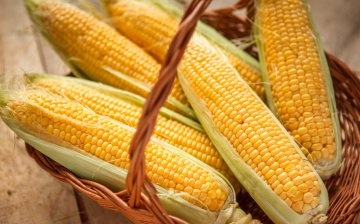
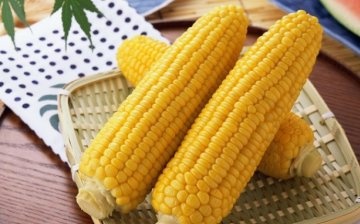
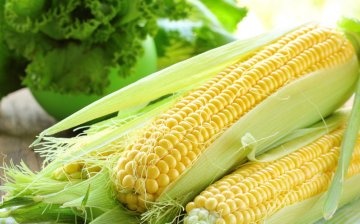

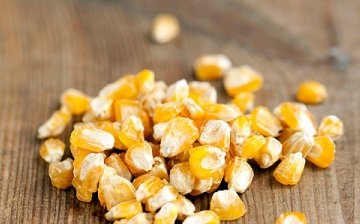









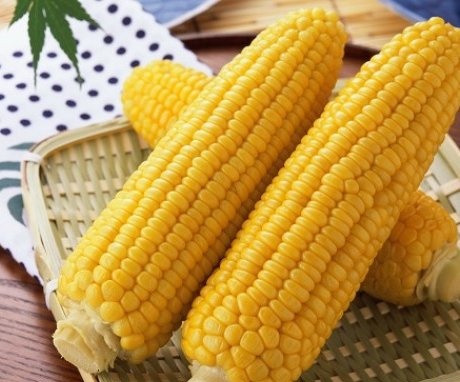
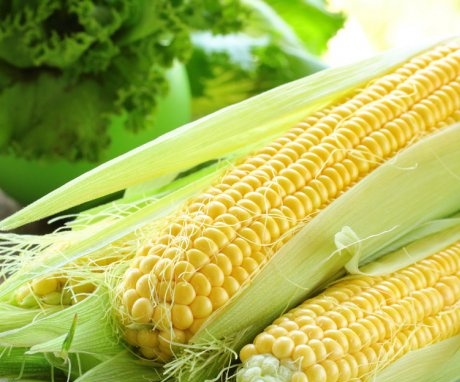
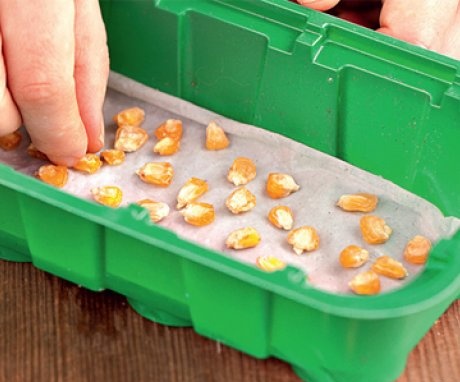
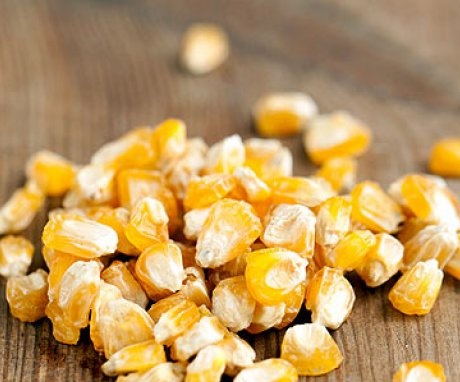
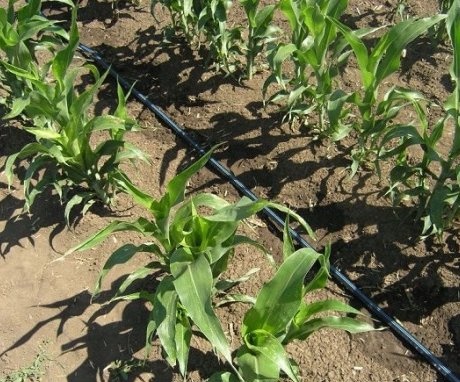
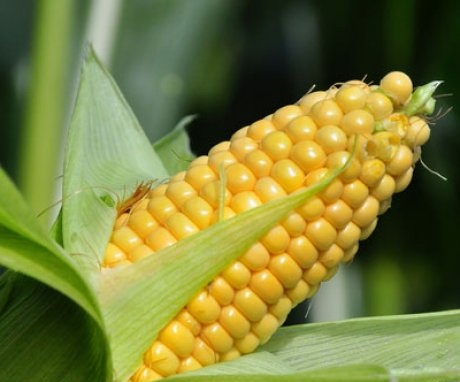
Corn is the queen of the fields. Probably there is no one who would not like to eat corn. We figured out a way to store her in a cell. Now we always have corn for our salad.
I love boiled and canned corn, but I rarely try to grow it on the plot. Problems with the harvest are rare, but nothing wants to grow in the garden after the corn next year.